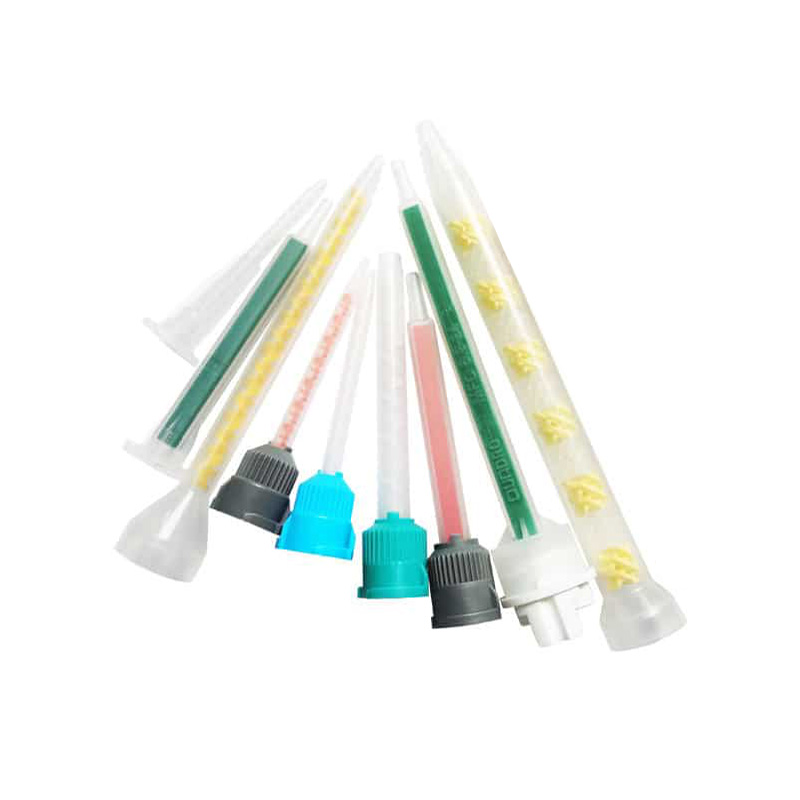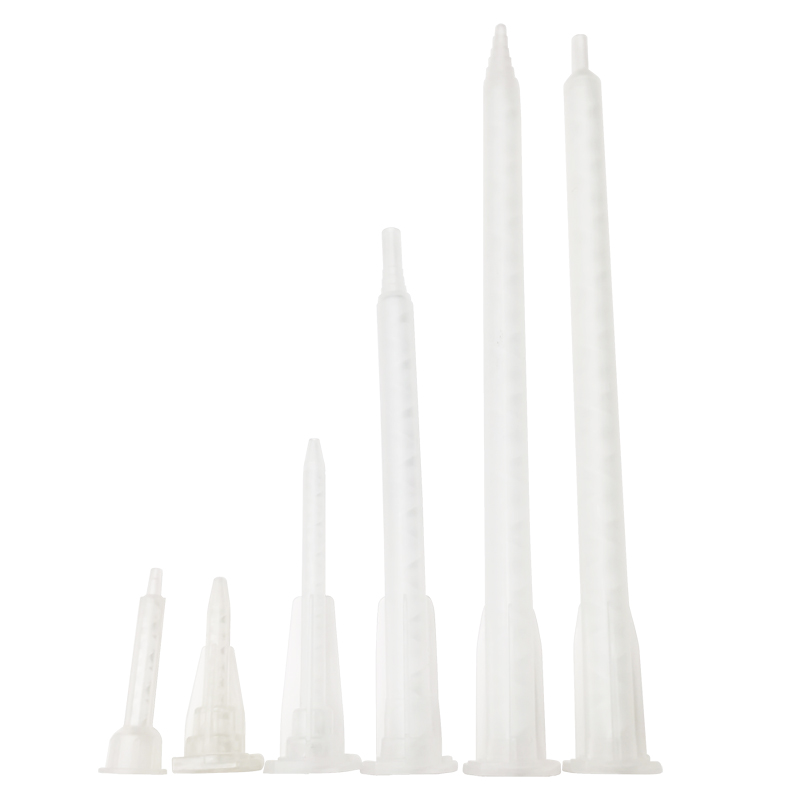Static mixing tubes are widely used in the manufacturing industry for mixing and dispensing of materials such as adhesives, sealants, and epoxy. However, one of the major problems that manufacturers face when using static mixing tubes is clogging. Clogging can occur due to a variety of reasons such as material buildup, improper cleaning, and inadequate maintenance. In this article, we will discuss some tips and tricks on how to avoid static mixing tube clogging.



Choose the right static mixing tube
The first step in avoiding static mixing tube clogging is to choose the right mixing tube. The choice of mixing tube will depend on the viscosity and the flow rate of the material being dispensed. For example, if you are working with high viscosity materials, you should choose a mixing tube with a larger diameter to allow for a smoother flow. Similarly, if you are working with low viscosity materials, you should choose a mixing tube with a smaller diameter to ensure a proper mix.
Ensure proper cleaning
Proper cleaning of the mixing tube is essential to avoid clogging. The material that is dispensed through the mixing tube can build up over time and cause clogging. Therefore, it is important to clean the mixing tube after each use. The cleaning process can be done using solvents, such as acetone or alcohol. You can also use a brush to clean the inside of the mixing tube. It is important to ensure that the mixing tube is completely dry before using it again.
Maintain the mixing tube
Regular maintenance of the mixing tube is important to prevent clogging. Check the mixing tube for any signs of wear and tear, such as cracks or deformations. Replace the mixing tube if any damage is found. Also, check the connections between the mixing tube and the dispensing system to ensure that they are tight and secure. Loose connections can cause material to leak and build up, leading to clogging.
Use a backflow preventer
The backflow preventer is a device that prevents material from flowing back into the mixing tube. This device is especially useful when working with materials that tend to harden over time. When using a backflow preventer, the material will not flow back into the mixing tube, preventing clogging.
Use a higher quality mixing tube
Higher quality mixing tubes are less likely to clog compared to lower quality ones. They are made from materials that are more resistant to wear and tear, and they are less likely to deform or crack. Investing in higher quality mixing tubes can save you time and money in the long run, as they will last longer and require less maintenance.
Use a filter
Using a filter can help prevent clogging by removing any particles or impurities that may be present in the material. Filters are especially useful when working with materials that have a tendency to crystallize or harden over time. The filter should be installed between the dispensing system and the mixing tube.
Monitor the dispensing system
The dispensing system should be monitored regularly to ensure that it is functioning properly. Any problems with the dispensing system, such as leaks or blockages, can cause material to build up in the mixing tube, leading to clogging. Regular maintenance of the dispensing system can prevent such problems from occurring.
Conclusion
In summary, it is important to understand the factors that contribute to static mixing tube clogging and take steps to prevent it. By implementing the strategies outlined in this article, you can avoid clogging and ensure a reliable and consistent dispensing process. Remember to choose the right static mixing tube, clean and maintain it regularly, use a backflow preventer and filter, and monitor the dispensing system. By doing so, you can minimize downtime and improve productivity in your manufacturing operations.
